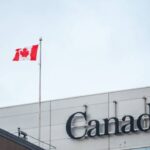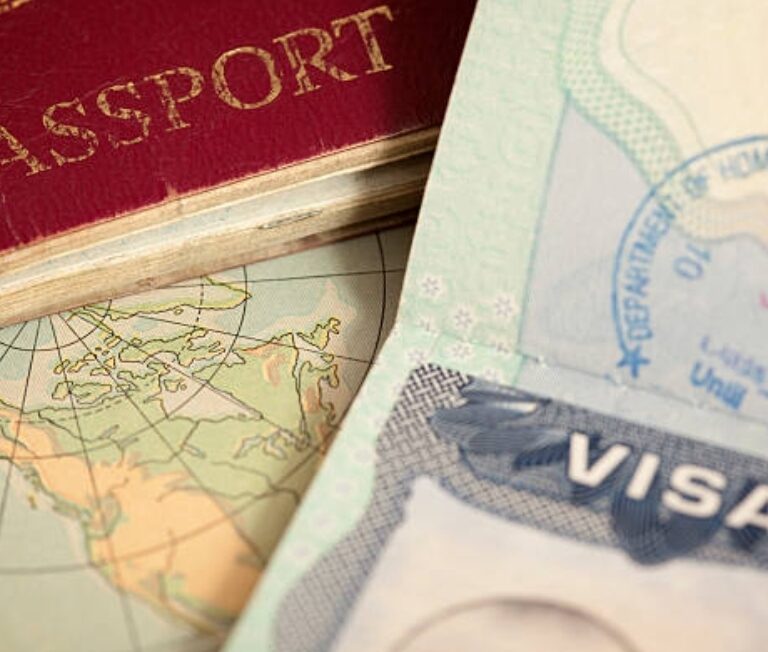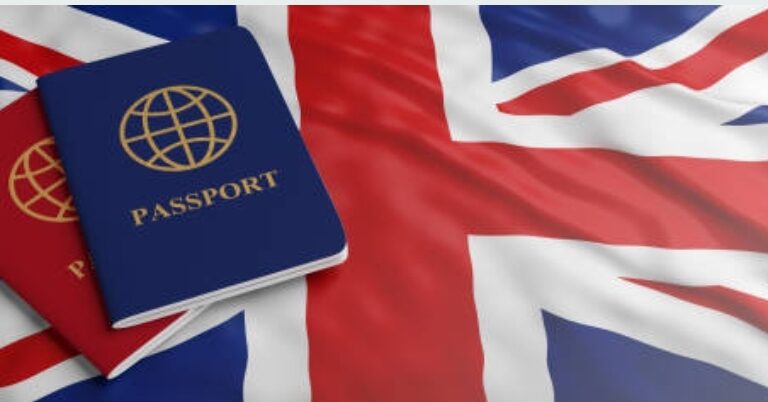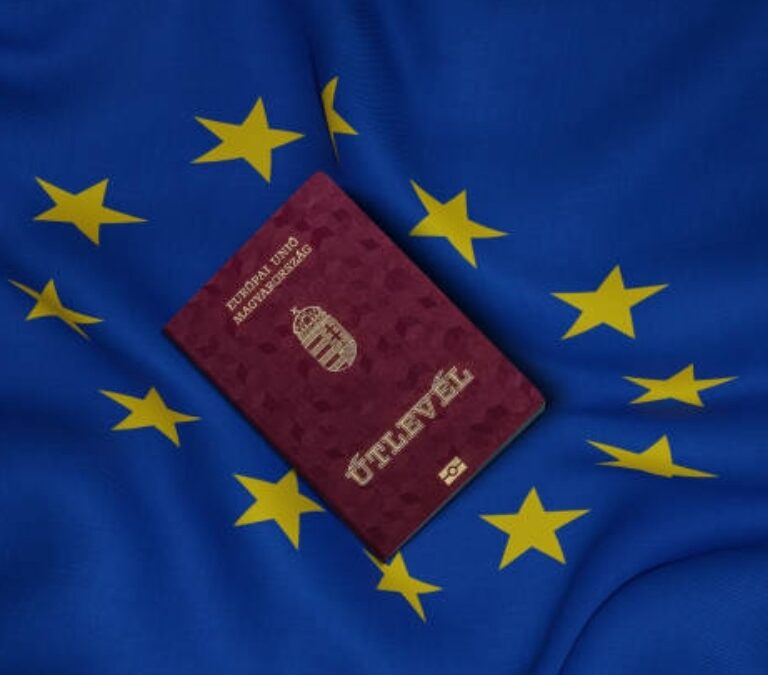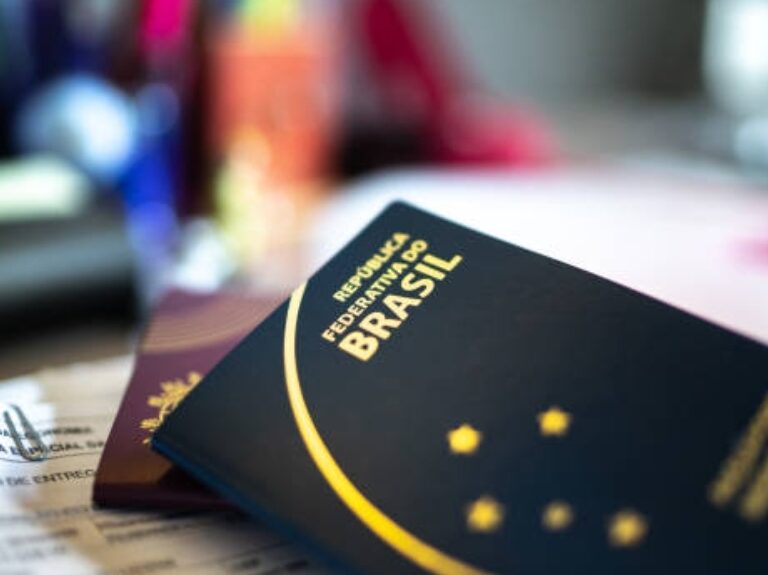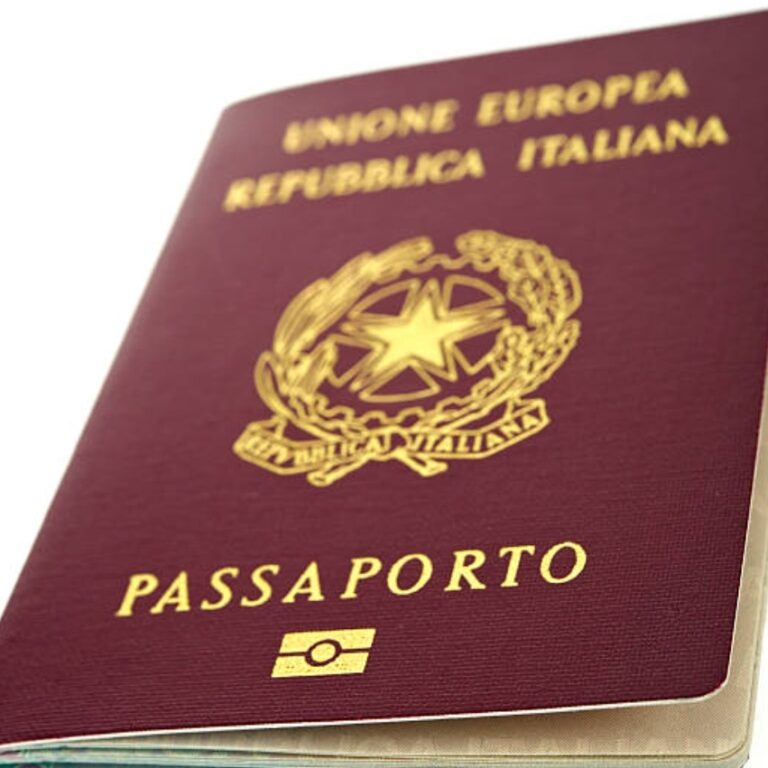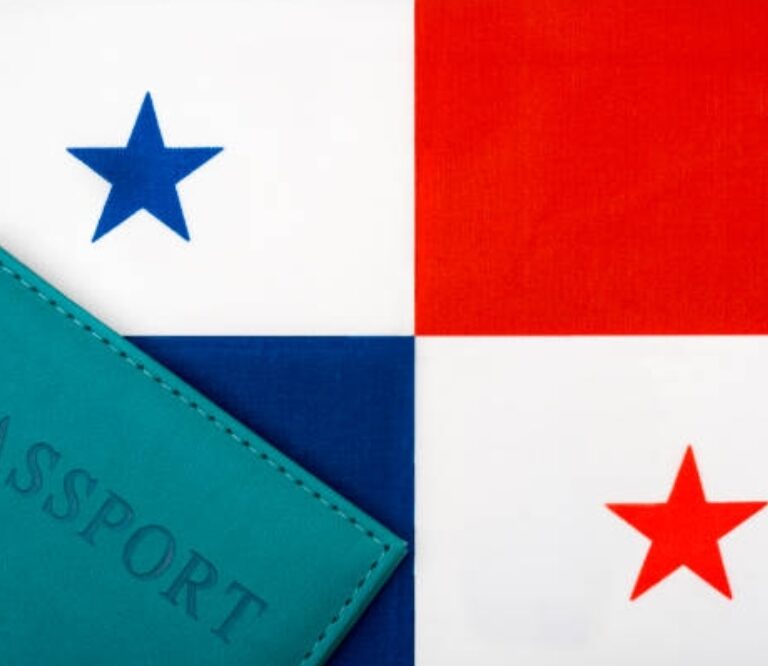Canada Inland vs. Outland Spousal Sponsorship: Which Path is Right for You?
Bringing a spouse or partner to Canada is a dream for many Canadian citizens and permanent residents. Family reunification is a cornerstone of Canada’s immigration system, and spousal sponsorship provides a direct pathway for loved ones to gain permanent residency. However, navigating the application process involves a crucial decision: should you apply via the Inland or Outland sponsorship stream? Each path has distinct requirements, processing timelines, benefits, and drawbacks. Understanding these differences is vital to choosing the route that best suits your family’s unique situation and maximizes your chances of a smooth and successful reunification journey.
This comprehensive guide will delve into the specifics of both Inland and Outland spousal sponsorship. We’ll explore the eligibility criteria, weigh the pros and cons of each pathway, examine key differentiating factors like work permit eligibility and travel permissions, and provide insights to help you make an informed decision. Whether your partner is already with you in Canada or currently residing abroad, this article will equip you with the knowledge needed to select the most appropriate sponsorship stream for your circumstances.
Understanding Spousal Sponsorship in Canada
Before diving into the specifics of Inland versus Outland, let’s clarify the fundamentals of spousal sponsorship. At its core, this immigration program allows Canadian citizens or permanent residents (the sponsor) aged 18 or older, residing in Canada (or intending to return), and not receiving social assistance (except for disability), to sponsor their spouse, common-law partner, or conjugal partner (the applicant) for Canadian permanent residence.
Who Can Be Sponsored?
- Spouse: You are legally married. Your marriage must be legally valid in the country where it took place and under Canadian law.
- Common-Law Partner: You are not legally married but have been living together in a conjugal relationship for at least 12 consecutive months.
- Conjugal Partner: You are not legally married or in a common-law relationship,1 have been in a committed relationship for at least one year, but significant barriers (like immigration restrictions, religious reasons, or sexual orientation issues) have prevented you from living together or marrying. This category has strict requirements and is less common.
The sponsor must demonstrate they can financially support the applicant and any dependent children, ensuring they won’t need social assistance from the government. Both the sponsor and the applicant must prove that their relationship is genuine and not entered into primarily for immigration purposes.2 Understanding the nuances of relationship proof is crucial, touching upon aspects similar to those considered in processes like Getting Canada Marriage & Job Visa Sponsorship.
The Inland Spousal Sponsorship Pathway
Inland sponsorship is specifically designed for couples where the sponsored spouse or partner is already physically present in Canada with the sponsor and holds valid temporary resident status (e.g., as a visitor, student, or worker).
What is Inland Sponsorship?
To apply under the Inland stream, the applicant must reside at the same address as their sponsor in Canada throughout the application process. Maintaining valid temporary status is crucial, although applicants may benefit from “maintained status” (previously known as implied status) if they apply to extend their temporary status before it expires while the sponsorship application is in process.
Key Features and Benefits of Inland Sponsorship
- Open Work Permit (OWP) Eligibility: This is arguably the most significant advantage of the Inland path. Applicants applying under this stream can simultaneously apply for a Spousal Open Work Permit (SOWP). If approved, this allows the applicant to work for almost any employer in Canada while their permanent residence application is being processed. This provides financial relief, allows the applicant to gain Canadian work experience, and fosters integration. Finding suitable employment can be a key part of settling in, and resources detailing opportunities like Data Analyst Jobs in Canada with Visa Sponsorship for Foreigners can be valuable for those with relevant skills.
- Staying Together: The Inland process allows the couple to remain together in Canada while the application is reviewed, which can be emotionally beneficial.
- Access to Services: Depending on the province and the applicant’s status (especially if they get an OWP), they might gain access to provincial healthcare and other services sooner than if they were waiting outside Canada.
Potential Drawbacks and Considerations for Inland Sponsorship
- Processing Times: Historically, Inland processing times have often been longer than Outland applications, although Immigration, Refugees and Citizenship Canada (IRCC) continuously works to balance processing times across streams. Always check current IRCC estimates.
- Travel Restrictions: Applicants who choose the Inland path are generally advised not to travel outside Canada while their application is processing. Leaving Canada could potentially jeopardize the application, as re-entry is not guaranteed (even with a valid temporary visa), and IRCC requires the applicant to be residing in Canada. If travel is essential, seeking legal advice is highly recommended.
- Limited Appeal Rights: If an Inland spousal sponsorship application is refused, there is generally no right to appeal the decision to the Immigration Appeal Division (IAD). The primary recourse is typically to apply for Judicial Review at the Federal Court, which is a more complex, expensive, and legally intensive process focusing on errors in law or procedure, not the merits of the case itself.
- Maintaining Status: The applicant must maintain valid temporary status in Canada or be under maintained status. If their status expires and isn’t renewed or maintained correctly before a decision is made or the OWP is issued, they could fall out of status, potentially complicating their application and stay in Canada. Planning for housing during this period is also essential, exploring options beyond typical short-term rentals might be necessary, similar to finding Affordable Temporary Housing Options in the UK for Immigrants: Alternatives to Airbnb requires research.
The Outland Spousal Sponsorship Pathway
The Outland sponsorship stream is processed through a visa office outside of Canada, specifically the office responsible for the applicant’s country of nationality or residence. Confusingly, the applicant can be physically inside Canada when applying via the Outland route (provided they have valid temporary status), or they can be living abroad.
What is Outland Sponsorship?
This pathway is the default option for spouses or partners living outside Canada. However, it’s also a viable, and sometimes strategic, choice for applicants already inside Canada, particularly if factors like travel flexibility or potential appeal rights are prioritized. The application’s processing location, not the applicant’s physical location at the time of submission, defines it as “Outland.”
Key Features and Benefits of Outland Sponsorship
- Potentially Faster Processing: Often, Outland applications are processed more quickly than Inland ones, though this fluctuates based on the specific visa office and overall application volumes. Check current IRCC processing times for accuracy.
- Travel Flexibility: Applicants using the Outland stream generally have more flexibility to travel. If the applicant is residing abroad, their life continues as usual. If the applicant is in Canada on temporary status while the Outland application is processed, they can usually travel outside Canada and return, provided their temporary resident visa (like a visitor visa or eTA) remains valid and they meet entry requirements. However, entry is always at the discretion of the border services officer.
- Full Appeal Rights: If an Outland spousal sponsorship application is refused, the sponsor (if a Canadian citizen or permanent resident) generally has the right to appeal the decision to the Immigration Appeal Division (IAD). The IAD provides a full hearing on the merits of the case, offering a more accessible avenue to overturn a negative decision compared to the Judicial Review process for Inland refusals. This is a significant safety net if there are concerns about the application’s complexity or potential refusal. Understanding appeal rights is as crucial as understanding the initial application, similar to how one might research the US CR1/IR1 Spouse Visa Guide: Bringing Your Husband or Wife to America for a different country’s process.
- Applying from Anywhere: The applicant can be anywhere in the world when applying and during most of the processing.
Potential Drawbacks and Considerations for Outland Sponsorship
- No Spousal Open Work Permit (SOWP) via this Stream: Applicants processed through the Outland stream are not eligible for the specific SOWP linked to Inland applications. If they are in Canada, they cannot work unless they qualify for a different type of work permit independently (e.g., based on their own qualifications or another program).
- Potential Separation: If the applicant is outside Canada, the couple will be separated during the processing period, which can be lengthy and emotionally challenging. Even if the applicant can visit Canada using a visitor visa or eTA, long stays might be questioned, and entry is never guaranteed.
- Interviews: While interviews can occur in both streams, they might be more common in Outland applications, potentially requiring the applicant to travel to a visa office.
Comparing Inland and Outland Sponsorship: Key Differences Summarized
| Feature | Inland Sponsorship | Outland Sponsorship |
| Applicant Location | Must be physically inside Canada | Can be inside or outside Canada |
| Processing Office | Inside Canada | Visa office outside Canada |
| Open Work Permit (SOWP) | Eligible to apply concurrently | Not eligible for SOWP through this stream |
| Travel During Processing | Generally not recommended (risk to application) | More flexible (subject to valid visa/eTA for re-entry) |
| Appeal Rights (Refusal) | Limited (Judicial Review at Federal Court) | Full appeal rights at Immigration Appeal Division (IAD) |
| Processing Time | Often historically longer (check current times) | Often historically faster (check current times) |
| Primary Benefit | Ability to work (OWP) & stay together in Canada | Travel flexibility, appeal rights, potentially faster |
It’s clear the choice impacts daily life significantly, including the ability to seek employment. Many newcomers look for opportunities across various sectors, from professional roles to service jobs. Finding Cashier Jobs with Visa Sponsorship for Foreigners in Canada can be a starting point for some while awaiting permanent residency through other means or if their partner is sponsoring them Outland.
Integrating Tables: Work Opportunities and Relationship Context
Planning for life in Canada involves considering finances and proving the legitimacy of your relationship. The ability for the sponsored partner to work can be crucial. Below are tables outlining potential job opportunities (with estimated salaries converted to USD for comparison, though actual salaries are paid in CAD and vary significantly by location, experience, and employer) and key factors IRCC assesses regarding your relationship.
Table 1: Examples of Skilled & Technical Jobs in Canada (Visa Sponsorship Potential)
| Job Title | Estimated Annual Salary Range (USD) | Notes |
| Data Analyst Jobs in Canada with Visa Sponsorship for Foreigners | $55,000 – $90,000+ | High demand in tech hubs like Toronto, Vancouver, Montreal. |
| Web Developer Jobs with Visa Sponsorship in Canada | $50,000 – $85,000+ | Full-stack, front-end, and back-end roles available across industries. |
| Accountant Jobs with Visa Sponsorship for Foreigners | $48,000 – $80,000+ | CPA designation often preferred or required for senior roles. |
| Civil Engineer Jobs with Visa Sponsorship for Foreigners | $60,000 – $100,000+ | Infrastructure projects drive demand; P.Eng license needed for many. |
Table 2: Examples of Service & Labour Jobs in Canada (Visa Sponsorship Potential)
| Job Title | Estimated Annual Salary Range (USD) | Notes |
| Security Guard Careers in Canada for Foreigners with Visa Sponsorship | $28,000 – $45,000+ | Provincial licensing required; opportunities across various sectors. |
| Foreigners Visa Sponsorship for Housekeeping Jobs in Canada | $25,000 – $38,000+ | Common in hospitality (hotels) and healthcare facilities. |
| Work as a Delivery Driver in Canada with Visa Sponsorship | $30,000 – $50,000+ (varies greatly) | Requires valid driver’s license; gig economy offers flexibility. |
| Fruit Picker Jobs with VISA Sponsorship | Highly variable (often piece rate/hourly) | Seasonal work, primarily agricultural regions (BC, ON, QC). Physically demanding. |
| $40/hr Grocery Worker Jobs for Immigrants With Visa Sponsorship | $26,000 – $40,000+ | Roles range from cashier to stocker to deli clerk. |
| Dog Walker Jobs with Sponsored Visas and Relocation Packages | $24,000 – $40,000+ (often part-time/variable) | Growing demand in urban areas; often self-employed or small business. |
Table 3: Proving the Genuineness of Your Relationship
| Factor | Examples & Brief Explanation (Non-Exhaustive) |
| Cohabitation | Joint leases/mortgages, utility bills in both names, mail addressed to both partners at the same address. Demonstrates living together in a marriage-like commitment. |
| Financial Interdependence | Joint bank accounts, shared credit cards, joint investments, life insurance naming partner as beneficiary, shared household expenses. Shows mutual financial support. |
| Social Aspects | Photos together (with family/friends, over time), travel itineraries/tickets from trips taken together, letters/cards/emails from family/friends acknowledging the relationship. Evidence of public recognition as a couple. |
| Communication | Call logs, chat histories (WhatsApp, Messenger), emails, letters showing regular contact, especially if separated. Highlights ongoing connection. |
| Commitment & Intention | Knowledge of each other’s personal circumstances (family, history), future plans together, engagement rings, marriage certificate (if applicable). Demonstrates depth and long-term view. |
| Relationship History | Detailed narrative of how you met, relationship development, key milestones. Consistency is key. Provides context for the officer. |
This table highlights key areas IRCC examines to ensure your relationship is genuine and not primarily for immigration. Thorough documentation is vital. The process shares similarities in scrutiny with family reunification visas globally, such as the Germany Spouse Visa: Your Complete Guide to Family Reunification.
Factors to Consider When Choosing Your Path
The decision between Inland and Outland sponsorship isn’t always straightforward. Here are the critical factors to weigh:
- Applicant’s Current Location & Status: Is the applicant already in Canada with valid status? If yes, Inland is an option. If they are outside Canada, Outland is the primary choice unless they can legally enter and stay in Canada to apply Inland (which requires careful planning regarding status).
- Need to Work in Canada: If it’s crucial for the sponsored partner to work in Canada as soon as possible, the Inland path with its potential for an Open Work Permit is highly attractive. This can significantly impact the couple’s finances and integration experience. Various fields constantly seek workers, making resources on 10 In-Demand Jobs That Offer Work Visa Sponsorship Globally relevant for understanding the broader job market.
- Travel Requirements: Does the applicant need or want the flexibility to travel outside Canada during processing? If yes, the Outland stream generally offers more freedom, whereas Inland requires staying put.
- Risk Tolerance (Appeals): Are you confident in the strength of your application, or do you prefer the safety net of full appeal rights in case of refusal? Outland provides access to the IAD appeal process, which is a significant advantage if the case has complexities.
- Processing Time Preference: While variable, check current processing times for both streams and the specific visa office for Outland. If one is significantly faster and speed is paramount, that might influence your decision.
- Maintaining Temporary Status (Inland): If choosing Inland, realistically assess the ability to maintain the applicant’s temporary status throughout potentially lengthy processing. Unexpected issues could lead to falling out of status.
The Application Process: A Brief Overview
Regardless of the chosen pathway, the spousal sponsorship application process is detailed and document-heavy. Key steps generally include:
- Gathering Documents: This involves identity documents, status documents, police certificates, medical examinations, and extensive proof of relationship genuineness (photos, communication logs, joint finances, letters of support, etc.).
- Completing Forms: Numerous forms must be accurately filled out by both the sponsor and the applicant.
- Paying Fees: Application processing fees and the Right of Permanent Residence Fee (RPRF) must be paid.
- Submitting the Application: Applications are now typically submitted online through the IRCC portal.
- Biometrics: Applicants usually need to provide biometrics (fingerprints and photo).
- Waiting for Processing: IRCC reviews the application for completeness and eligibility, assesses the sponsor, the applicant, and the genuineness of the relationship. Additional documents or an interview may be requested.
- Decision: Approval leads to Confirmation of Permanent Residence (COPR) and a Permanent Resident Visa (if applicable). Refusal details the reasons and outlines recourse options (appeal for Outland, Judicial Review for Inland).
Accuracy and honesty are paramount. Even minor inconsistencies can lead to delays or refusal. Some individuals find unique employment niches while navigating this process, such as exploring Barbering Jobs in Canada with Visa Sponsorship for Foreigners.
Common Pitfalls and How to Avoid Them
- Incomplete Applications: Ensure every required form is completed fully and all necessary supporting documents are included. Use the IRCC document checklist diligently.
- Misrepresentation: Never provide false information or withhold relevant details. This can lead to refusal and a ban from entering Canada for several years.
- Not Meeting Eligibility: Double-check that both the sponsor and applicant meet all requirements before applying (age, status, financial capacity, relationship definition, medical/criminal admissibility).
- Insufficient Proof of Relationship: This is a common reason for refusal. Provide varied, extensive, and convincing evidence spanning the duration of your relationship. Focus on quality and relevance. For those exploring options beyond Canada, understanding processes like the USA Marriage Visa to get Permanent Residency can offer comparative insights into relationship proof requirements.
- Letting Status Expire (Inland): Diligently track expiry dates and apply for extensions or the OWP well in advance.
Conclusion: Making the Right Choice for Your Family
Choosing between Inland and Outland spousal sponsorship is one of the most critical decisions you’ll make in your Canadian immigration journey. There is no single “best” answer; the optimal path depends entirely on your specific circumstances, priorities, and risk tolerance.
- Choose Inland if the applicant is already in Canada with valid status, the ability to obtain an Open Work Permit quickly is paramount, and you are comfortable with restricted travel and limited appeal rights.
- Choose Outland if the applicant is outside Canada, or if they are inside Canada but prioritize travel flexibility and the safety net of full appeal rights at the IAD, even if it means potentially waiting longer for work authorization within Canada (unless they qualify for a separate work permit).
Carefully weigh the benefits and drawbacks discussed. Analyze your need for work authorization, potential travel plans, comfort level with processing times, and the robustness of your application regarding relationship proof. Given the complexity and the high stakes involved, consider consulting with an experienced Canadian immigration lawyer or a Regulated Canadian Immigration Consultant (RCIC). They can provide personalized advice based on the latest regulations and your specific situation, helping you navigate the process successfully and reunite your family in Canada. Your journey to building a life together in Canada starts with this crucial choice.




